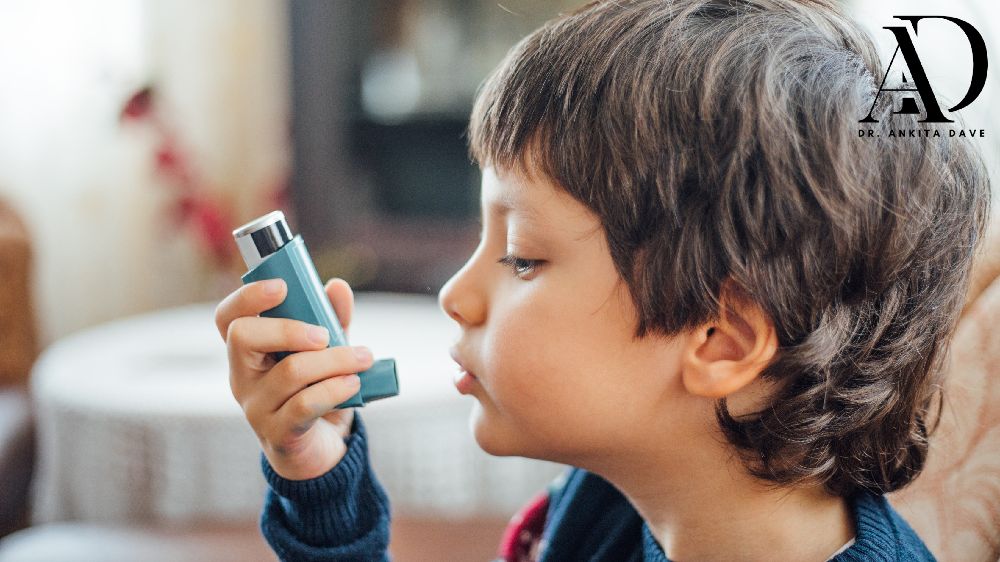 Asthma is one of the most common chronic conditions in children. It affects how air moves in and out of the lungs, making it harder to breathe. While asthma can be scary for both kids and parents, it’s manageable with the right care and awareness.
Asthma is one of the most common chronic conditions in children. It affects how air moves in and out of the lungs, making it harder to breathe. While asthma can be scary for both kids and parents, it’s manageable with the right care and awareness.
What Is Asthma?
Asthma is a long-term condition that causes inflammation in the airways. When a child with asthma is exposed to certain triggers, the airways become narrow and swollen, making breathing difficult.
Common symptoms include:
Wheezing or whistling sound while breathing
Shortness of breath
Coughing, especially at night or during exercise
Chest tightness
Common Asthma Triggers in Children
Understanding what triggers your child’s asthma is key to preventing attacks. Triggers can vary, but some common ones include:
1. Allergens:
Dust mites
Pollen
Pet dander
Mold
2. Respiratory Infections:
Colds and flu
Sinus infections
3. Environmental Irritants:
Cigarette smoke
Air pollution
Strong odors or chemicals
4. Physical Activity:
Exercise, especially in cold air, can trigger symptoms
5. Weather Changes:
Cold air
Sudden temperature shifts
6. Emotional Stress:
Intense crying, laughing, or anxiety may cause breathing issues
Diagnosing Asthma in Children
Your pediatrician may perform:
A physical examination
Lung function tests (in older children)
Allergy tests
Review of symptom history and family history
Early diagnosis helps manage asthma effectively and reduces long-term complications.
Asthma Treatments for Kids
While there is no cure for asthma, treatments can control symptoms and prevent attacks.
1. Controller Medications (Daily Use):
These reduce inflammation and keep symptoms at bay. Examples include inhaled corticosteroids.
2. Rescue Medications (As Needed):
Also called bronchodilators, these quickly open airways during an asthma attack.
3. Allergy Medications:
If allergies are a major trigger, antihistamines or allergy shots might be recommended.
4. Asthma Action Plan:
Your doctor will help create a step-by-step plan tailored to your child’s needs, including how to respond to symptoms and emergencies.
Managing Asthma at Home
Use inhalers or medications as prescribed
Monitor symptoms daily
Keep your home free of dust and allergens
Avoid known triggers
Educate your child and caregivers about their asthma plan
Ensure your child stays active with proper precautions
When to Seek Immediate Help
Call a doctor or visit the emergency room if your child:
Has trouble speaking due to breathlessness
Shows bluish lips or fingernails
Isn’t improving with their rescue inhaler
Has very rapid breathing or chest retractions
Final Thoughts
With proper care, most children with asthma lead healthy, active lives. Understanding triggers, using the right medications, and following an asthma action plan can make all the difference. If your child has been showing symptoms or already has a diagnosis, regular follow-ups with your pediatrician are essential.
 (5).png)
 (7).png)
